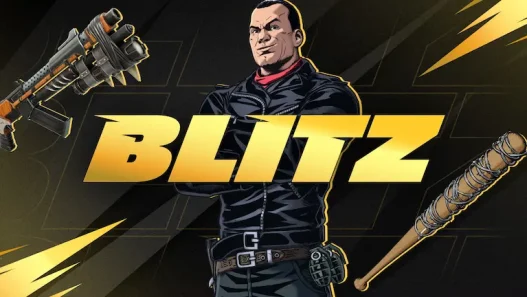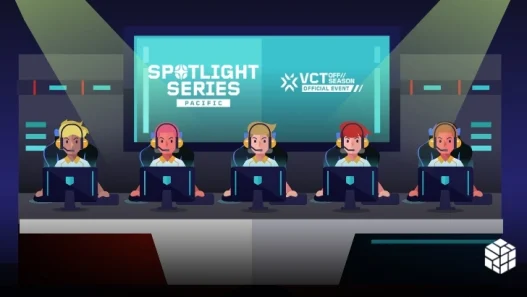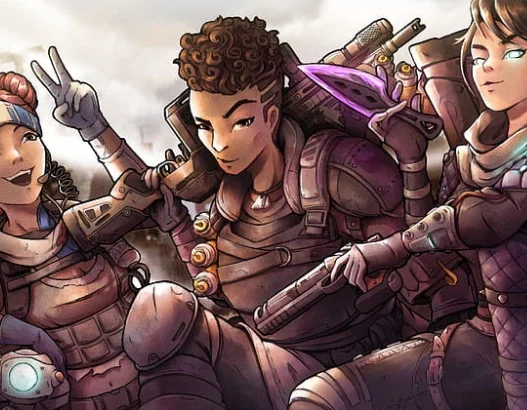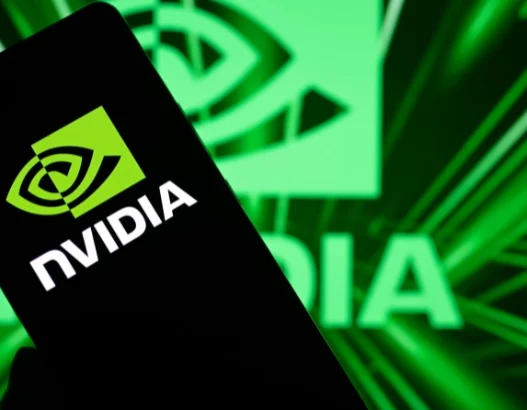Key Highlights
- STAN raises $8.5 million from Google, Nazara, Bandai Namco and others to build India’s mobile-first social gaming platform
- Designed for Gen Z, it offers voice chat, live integration, and monetization, rivaling Discord but for India’s small-town gamers
- STAN aims to capitalize on the boom in the creator economy, as India’s gaming market is expected to hit $9.1 billion by 2029
India’s gaming landscape is evolving at breakneck speed, and STAN, a homegrown social gaming platform, has just secured a massive vote of confidence from some of the biggest names in tech and gaming.
STAN, an Indian gaming startup, has raised $8.5 million in fresh funding from Google’s AI Futures Fund, Nazara Technologies, and global gaming giants Bandai Namco, Square Enix, and Reazon Holdings.
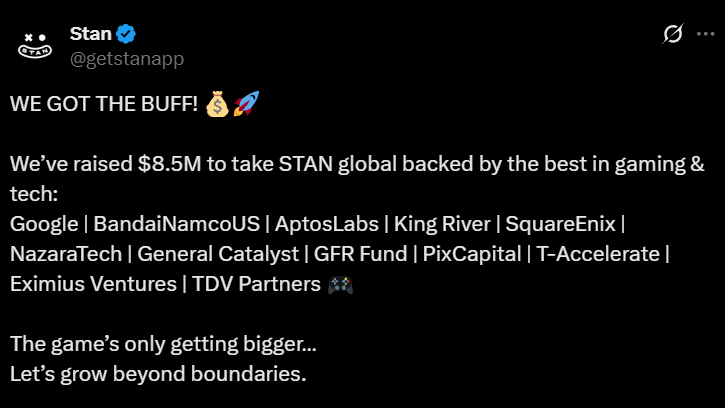
(Source: STAN on X)
The round also saw participation from existing backers like General Catalyst and Pix Capital, signaling a strong belief in STAN’s vision.
But this isn’t just another funding story as it is a glimpse into how India’s next-gen gamers are reshaping digital culture.
Why STAN Stands Out in a Crowded Market
Social gaming platform is not trying to be another Discord or Twitch clone. Instead, it is building something far more tailored to India’s mobile-first, Tier-2, and Tier-3 audiences.
While global platforms were designed for PC and console gamers, STAN operates where most of India’s gaming action happens—on smartphones.
With 25 million downloads in just two years, the platform has struck a chord with Gen Z users who see gaming as more than just play—it’s identity, community, and even livelihood.
In recent years, the Indian gaming community has been rapidly growing thanks to competitive titles like BGMI, CODM, and others.
“Gaming is no longer just play—it’s identity, conversation, and community,” says Parth Chadha, STAN’s Co-founder & CEO. “We’ve grown 25x purely through product-led growth. This is just the beginning.”
The platform offers voice-led Clubs, live game integrations, and monetization tools like shoutouts and subscriptions. These features resonate with young gamers who crave engagement beyond passive scrolling.
Why Global Investors Are Betting Big on STAN
Google’s involvement through its AI Futures Fund is particularly telling. David Benjamin, Co-Founder of the fund, notes, “STAN’s vision for empowering creators and enriching fan communities with innovative and responsible AI features deeply resonates with us.”
Then there’s the gaming industry’s heavyweights, such as Bandai Namco and Square Enix. For them, Indian social gaming platform represents a gateway into India’s booming gaming economy, projected to hit $9.1 billion by 2029. The country already has 591 million gamers, roughly 20% of the global total, and mobile game downloads are skyrocketing.
But what’s really driving investor excitement? STAN’s ability to monetize where others struggle. Unlike traditional social media, where creators rely on ads, STAN’s model is built around direct fan engagement, including subscriptions, brand partnerships, and in-app purchases.
The Bigger Picture: India’s Gaming Boom
A recent report by WinZO Games and IEIC reveals just how massive India’s gaming sector is becoming. The market, currently valued at $3.7 billion, is expected to more than double to $9.1 billion by 2029.
Real-money gaming dominates today, but casual and social gaming, which is STAN’s playground, is gaining fast.
Paavan Nanda, WinZO’s co-founder, puts it bluntly: “India’s online gaming industry is on an unprecedented growth path… with the potential to unlock up to $63 billion in investor value by 2029.”
Nazara Technologies, India’s only publicly listed gaming firm, already trades at a premium, reflecting the market’s bullish outlook. If STAN continues its trajectory, it could well become the country’s first breakout social gaming unicorn.
With fresh capital, STAN plans to deepen its AI-driven personalization, expand into new markets, and roll out SDKs for game developers. The company is aiming to become the default social layer for gaming communities not just in India, but across other mobile-first regions like Southeast Asia and Africa.
Chadha isn’t shy about his ambitions: “We’re building the next billion-dollar social company out of India. And we’re doing it fast, focused, and user-first.”
For India’s Gen Z gamers, that means a platform where they don’t just play—they belong. And for investors, it’s a rare chance to back a homegrown disruptor before it goes global.
Also Read: US Gaming Market Set to Soar to $77.8 Billion by 2033



